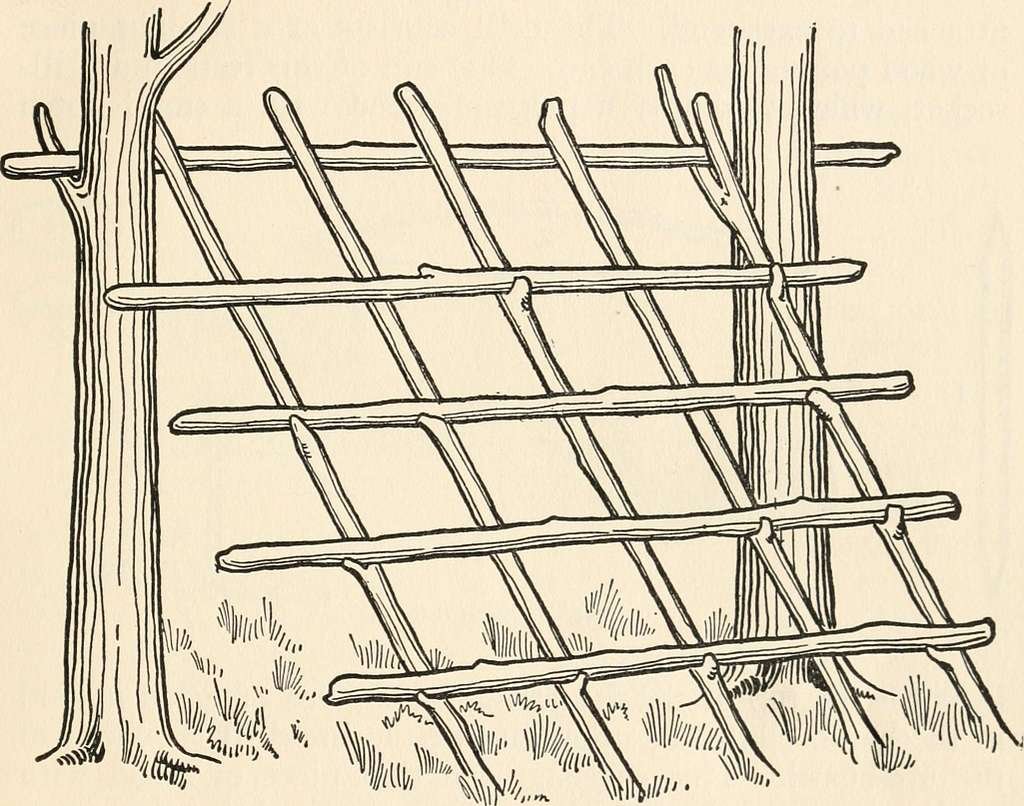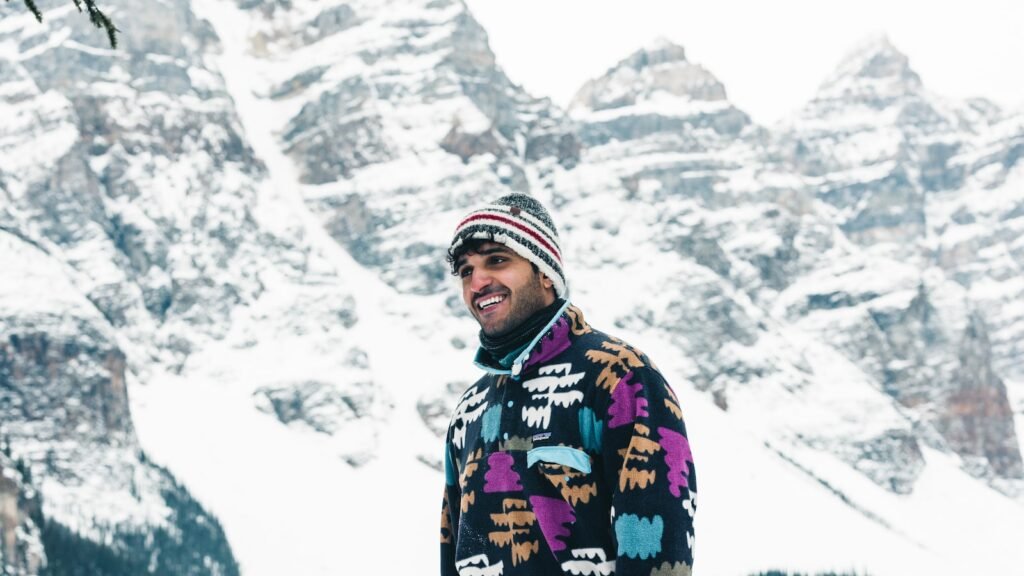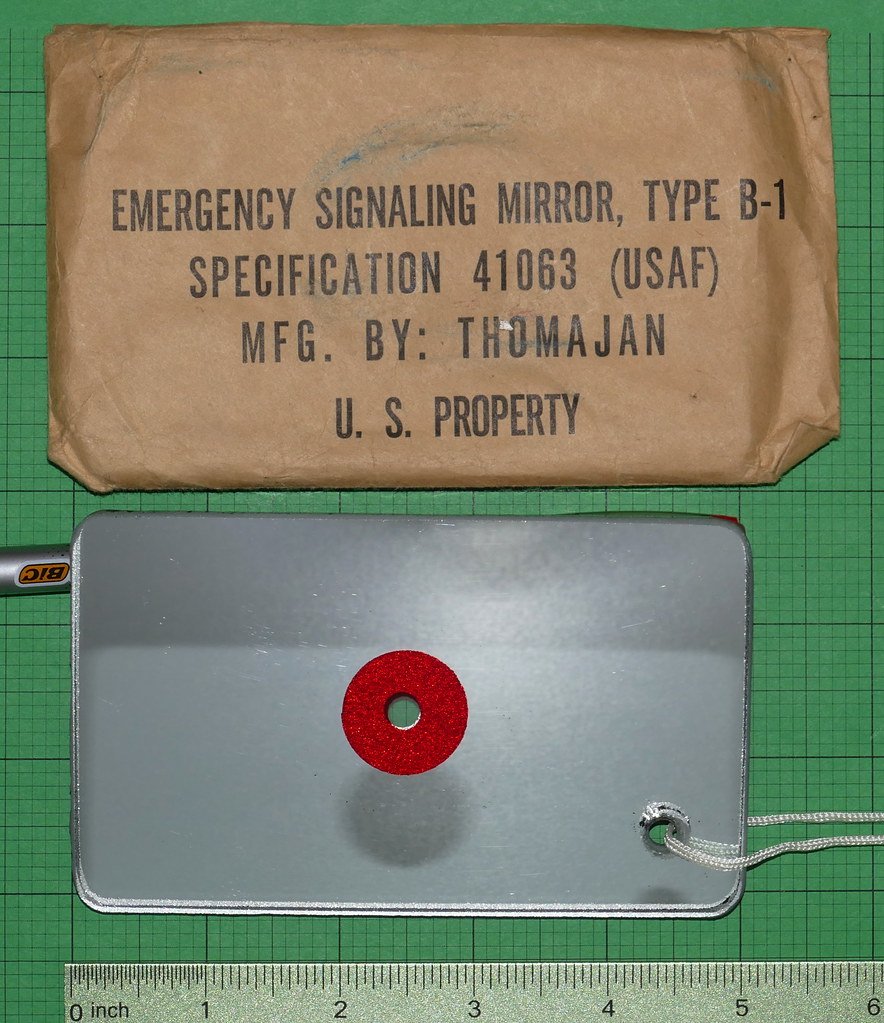Now Reading: How to Make a DIY Wilderness First Aid Kit
-
01
How to Make a DIY Wilderness First Aid Kit
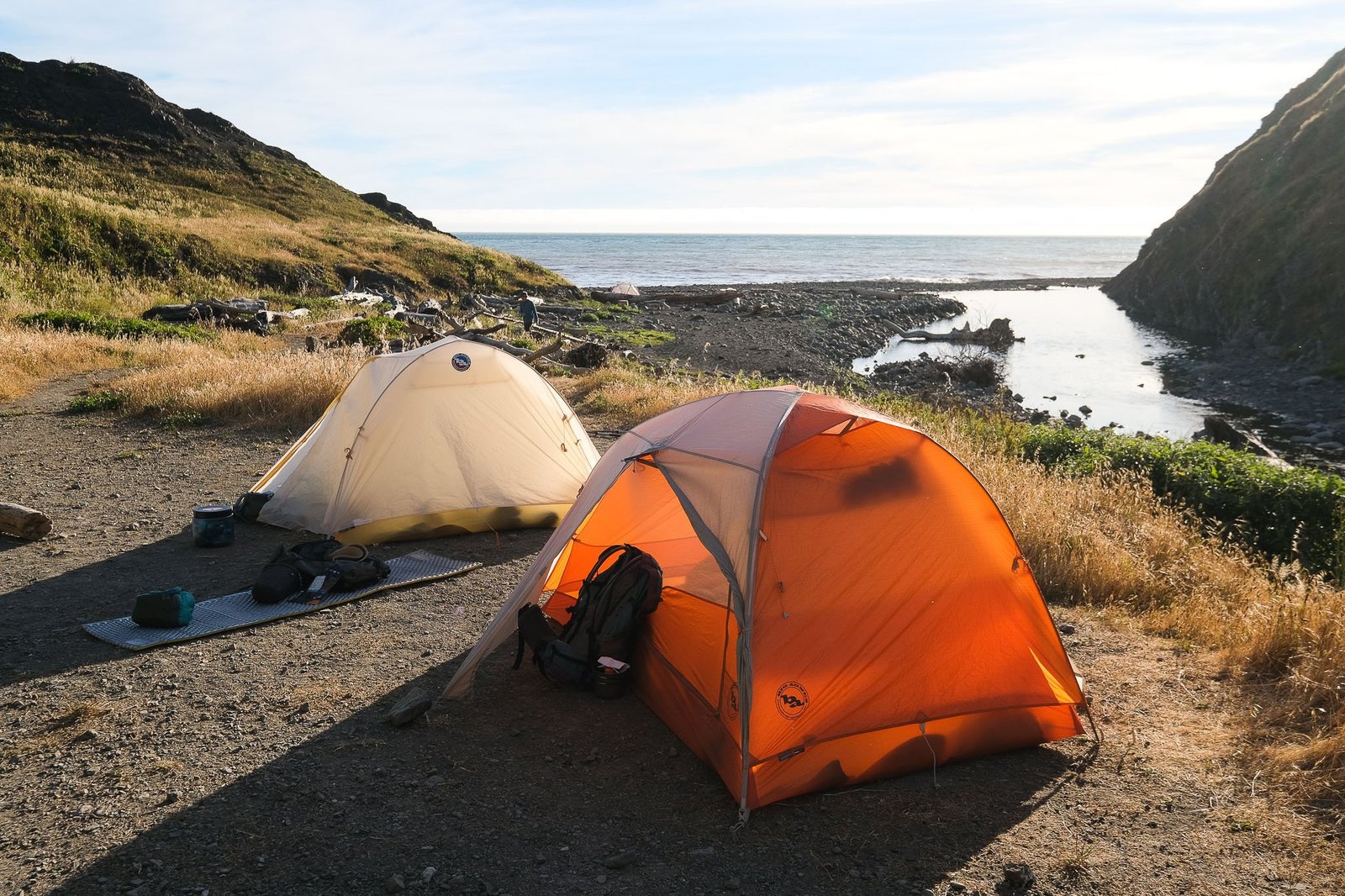
How to Make a DIY Wilderness First Aid Kit
The wind whispers through the towering pines as you set foot on a trail less traveled. With each step, Mother Nature unveils her breathtaking beauty, leaving you in awe of the wilderness around you. But amid its serene embrace lies an unpredictable nature, a reminder that accidents can happen even in the most idyllic of settings. That’s why being prepared with a DIY wilderness first aid kit is not just a smart choice, but a vital one. In this article, we will guide you through the essential supplies and knowledge needed to create your own wilderness first aid kit, ensuring that you can confidently embark on any adventure knowing you have the tools to handle unexpected bumps along the way. So strap on your metaphorical hiking boots, and let’s dive into the world of self-sufficient wilderness first aid!
Table of Contents
- Heading 1: Essential Supplies for a DIY Wilderness First Aid Kit
- Heading 2: Selecting the Right Medications and Ointments for Remote Emergencies
- Heading 3: Building a Well-Equipped First Aid Kit for Outdoor Adventures
- Heading 4: Practical Tips for Assembling Your DIY Wilderness First Aid Kit
- Heading 5: Ensuring Adequate Protection: Including Protective Gear in Your First Aid Kit
- Q&A
- In Summary

Heading 1: Essential Supplies for a DIY Wilderness First Aid Kit
Essential Supplies for a DIY Wilderness First Aid Kit
When venturing into the great outdoors, it’s crucial to be prepared for any situation. A well-stocked wilderness first aid kit is a vital companion for any adventurer. Here are some essential supplies you should include:
- Antiseptic wipes: Clean wounds to prevent infections.
- Band-aids in various sizes: Protect small cuts and blisters.
- Gauze pads and adhesive tape: Ideal for larger wounds that require proper dressing.
- Tweezers: Useful for removing splinters or ticks.
- Elastic bandages: Provide support for sprains or strains.
- Pain relief medication: Combat any aches or pains that may arise during your adventure.
- Thermometer: Monitor body temperature for signs of fever or hypothermia.
- Moleskin or blister prevention pads: Prevent and treat blisters caused by excessive walking or hiking.
- Safety pins: A versatile tool for securing bandages or slings.
Remember, this list serves as a starting point for building your wilderness first aid kit. Tailor it to your specific needs and activities. By being prepared, you can face any unexpected medical situations with confidence and ensure a safe and enjoyable outdoor experience.
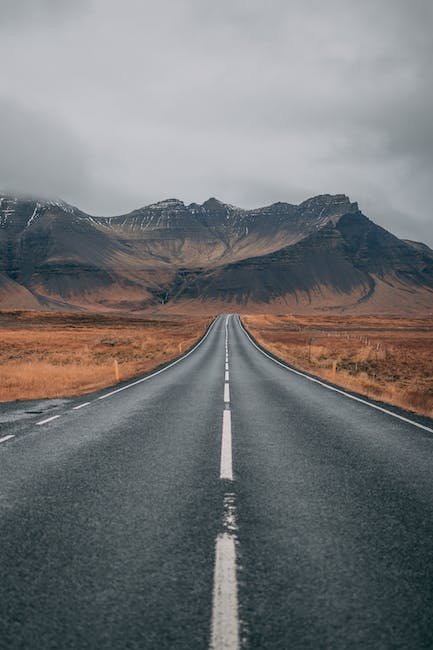
Heading 2: Selecting the Right Medications and Ointments for Remote Emergencies
When it comes to remote emergencies, having the appropriate medications and ointments readily available can mean the difference between quick relief and prolonged discomfort. In such situations, it’s crucial to carefully consider what products to include in your emergency kit. Here’s a guide to help you navigate through this process:
- Assess the Needs: Start by identifying the common ailments or injuries that could arise in remote locations. From minor cuts and insect bites to digestive issues or pain relief, make a comprehensive list of potential concerns.
- Consult a Professional: If you’re unsure about specific medications suitable for remote emergencies, reach out to a healthcare professional for their expert advice. They can help you understand which over-the-counter medicines and ointments are the most effective and safe for your specific needs.
- Consider Practicality: When selecting medications and ointments for remote emergencies, take factors like shelf life, weight, and portability into account. Opt for compact packaging, long expiration dates, and lightweight options to ensure your emergency kit remains effective and easily transportable.
Remember, the key to handling remote emergencies lies in the preparedness. By selecting the right medications and ointments, you can minimize discomfort and address medical needs promptly, no matter where you are.

Heading 3: Building a Well-Equipped First Aid Kit for Outdoor Adventures
Building a Well-Equipped First Aid Kit for Outdoor Adventures
When venturing into the great outdoors, a well-equipped first aid kit can be a lifesaver. It’s essential to be prepared for any unexpected injuries that may occur during your adventures.
To start, ensure your first aid kit contains the essentials:
- Bandages and dressings: Include various sizes and shapes, such as adhesive bandages, sterile gauze pads, and adhesive tape.
- Disinfectants: Carry antiseptic wipes or solutions to cleanse wounds and prevent infection.
- Medications: Include over-the-counter pain relievers, antihistamines for allergic reactions, and any personal medications you may need.
- Emergency tools: Include scissors, tweezers, safety pins, and a whistle for signaling help.
Furthermore, consider additional items that may be valuable:
- Moleskin: Useful for preventing and treating blisters.
- Thermometer: Vital for monitoring temperatures and identifying potential health concerns.
- Emergency blanket: These lightweight, compact blankets are excellent for providing warmth and shelter in unexpected situations.
Remember, your first aid kit should be convenient to carry, organized, and easily accessible. Regularly check and replenish supplies to ensure readiness for your next outdoor expedition!
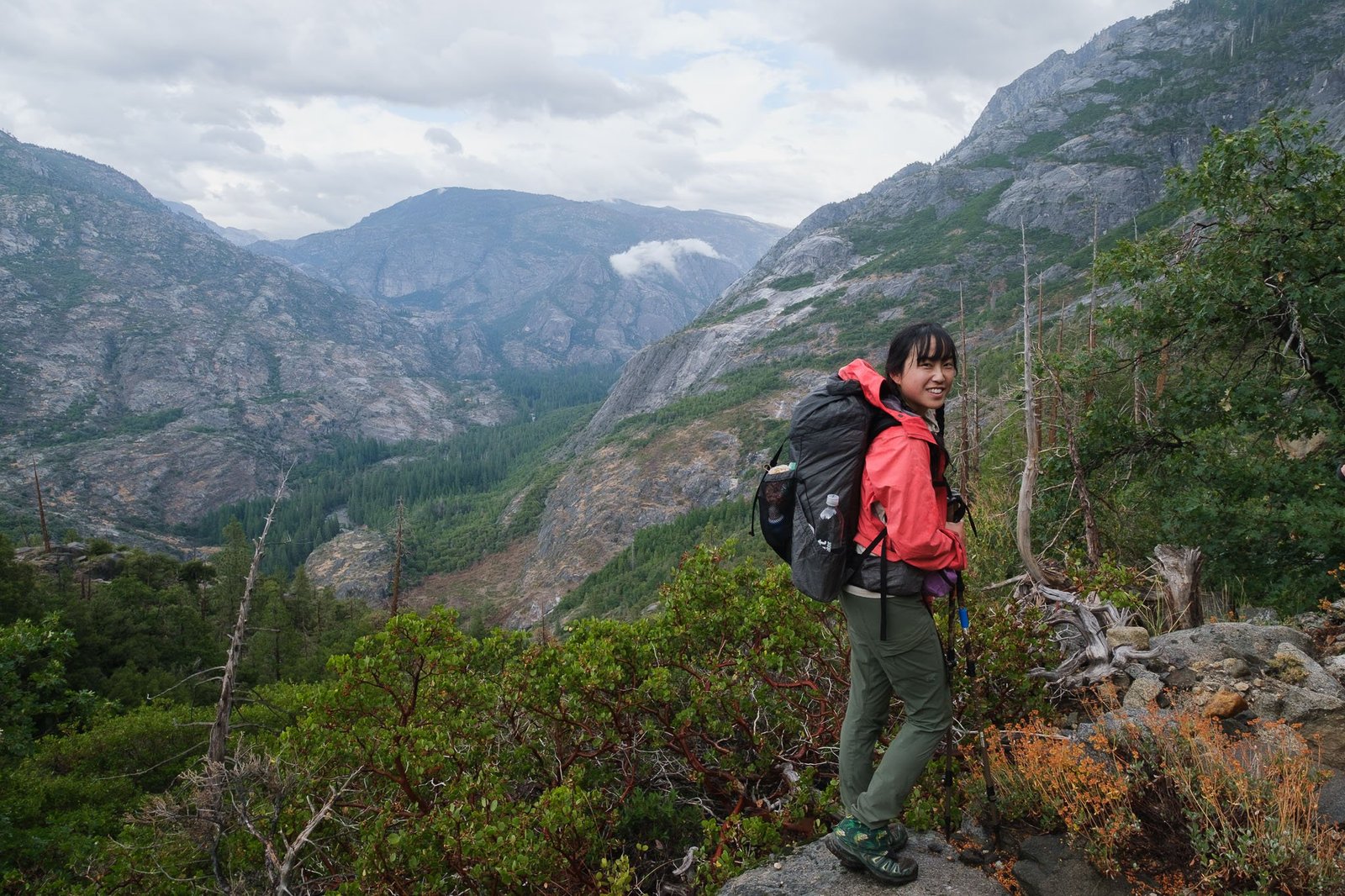
Heading 4: Practical Tips for Assembling Your DIY Wilderness First Aid Kit
Practical Tips for Assembling Your DIY Wilderness First Aid Kit
When embarking on an outdoor adventure, it’s crucial to be prepared for any unexpected injuries or mishaps that may occur. Creating your own wilderness first aid kit can give you peace of mind and ensure you’re ready to handle emergencies efficiently. Here are some practical tips to help you assemble your DIY kit:
- Do your research: Familiarize yourself with the types of injuries or medical conditions commonly encountered in the wilderness. This knowledge will help you determine the essential items to include in your kit.
- Consider your activities: Tailor your first aid kit to the specific activities you’ll be participating in. For example, if you’re going on a hiking trip, blister care items and ankle support wraps may be essential.
- Stock up on basics: Ensure you have an ample supply of bandages, gauze pads, adhesive tape, antiseptic wipes, and pain relievers. These are the building blocks of any first aid kit and can handle a wide range of minor injuries.
- Include specialized items: If you have specific medical conditions or allergies, pack medications and supplies accordingly. Additionally, consider including items like safety pins, tweezers, and a compact CPR mask for additional safety measures.
- Regularly update and maintain: Check your kit periodically to replenish expired items and ensure everything is in working order. It’s also a good idea to familiarize yourself with how to use each item so you can respond efficiently in an emergency.
With these practical tips, you’ll be well on your way to assembling a comprehensive wilderness first aid kit that caters to your specific needs. Remember, preparation is key when venturing into the great outdoors!
Heading 5: Ensuring Adequate Protection: Including Protective Gear in Your First Aid Kit
Ensuring Adequate Protection: Including Protective Gear in Your First Aid Kit
When it comes to first aid, protecting yourself while caring for others is crucial. Including essential protective gear in your first aid kit can make a world of difference in ensuring everyone’s safety during an emergency. Here are some items you should consider adding:
- Gloves: A pair of disposable gloves provides a barrier against blood, bodily fluids, and contact with potentially harmful substances.
- Face Masks: In situations where airborne contaminants or infections are a concern, such as during CPR or when treating respiratory symptoms, having a few face masks can help protect yourself and others.
- Eye Protection: Safety goggles or protective glasses shield your eyes from splattering fluids, chemicals, or debris that may cause harm.
- Aprons or Gowns: These items can help shield your clothing from contamination or protect against exposure to hazardous materials.
Remember, when using protective gear, it’s important to follow correct procedures for putting them on and removing them safely. Regularly check the expiration dates on these items and replace them as needed. By adding these protective essentials to your first aid kit, you’re well-equipped to handle emergencies with confidence and safety.
Q&A
Why should I make a DIY wilderness first aid kit?
Creating a homemade wilderness first aid kit allows you to customize it to your specific needs and preferences, ensuring you have the necessary supplies for any outdoor adventure. Plus, it can save you money in the long run.
What essential items should I include in my DIY wilderness first aid kit?
Some fundamental items to consider include adhesive bandages, gauze pads, adhesive tape, antiseptic wipes, tweezers, scissors, pain relievers, blister treatments, and a first aid manual. These are just a few examples, and you can further tailor your kit based on your activities and personal requirements.
How can I ensure my DIY wilderness first aid kit is lightweight and compact?
Consider using smaller packaging or repackaging items into travel-sized containers to reduce bulk. Opt for lightweight materials and prioritize multi-purpose items whenever possible. Remember, the goal is to have a portable kit that won’t weigh you down during your outdoor adventures.
Should I include any prescription medications in my wilderness first aid kit?
It is highly recommended to include any necessary prescription medications, such as EpiPens or asthma inhalers, in your wilderness first aid kit. Always check the expiration dates and make sure to store them properly to maintain their effectiveness.
How often should I update and revise my wilderness first aid kit?
Regularly check your first aid kit at least once a year to ensure that items have not expired, refill any used or missing items, and adapt it to changes in your outdoor activities or personal needs. Keeping your first aid kit updated is crucial to its effectiveness in case of emergencies.
What additional items can I include in my DIY wilderness first aid kit for specific activities?
Depending on your activities, you might want to consider items such as insect repellent, sunblock, sting relief pads, eye drops, moleskin, water purification tablets, or even a whistle for signaling purposes. Tailor your kit according to the potential hazards you may encounter while exploring the outdoors.
Are there any online resources or guides I can consult while creating my DIY wilderness first aid kit?
Absolutely! Many reputable organizations and websites provide comprehensive guides on wilderness first aid kit essentials. Be sure to consult sources like the American Red Cross, outdoor recreation websites, or medical professionals to gather valuable insights and information to aid you in creating an effective kit.
In Summary
As we conclude this wild journey into creating your very own wilderness first aid kit, we hope you feel equipped and empowered to handle any unexpected twists and turns Mother Nature may throw your way. Remember, adventure comes with its share of risks, but by arming yourself with knowledge and a well-stocked kit, you’re ready to face the great unknown head-on.
From bandages to splints, antiseptics to tweezers, your homemade kit is expertly tailored to meet your specific needs. Whether you’re hiking through dense forests, climbing majestic mountains, or simply seeking solace in the great outdoors, this DIY wilderness first aid kit will always have your back.
But as the wild whispers of this article gently fade into the distance, let’s not forget the most vital component of any first aid kit – your own calm resilience. In challenging moments, your ability to stay level-headed and provide care to those in need will be the true testament of your preparedness.
So, before you embark on your next thrilling escapade, take a moment to familiarize yourself with the contents of your kit. Ensure everything is in order, ready to serve as your staunch ally in times of wilderness emergencies.
Lastly, we want to remind you that preparedness should not be exclusive to the great outdoors. Your wilderness first aid kit can seamlessly transition into an everyday first aid kit, proving handy in any unforeseen domestic mishaps that may arise. Flexibility is key.
Now, with newfound confidence and a DIY wilderness first aid kit in your possession, set off on your adventures with a heart full of wanderlust and a mind full of knowledge. Remember, safety always comes first, but don’t let that stifle your sense of adventure. Embrace the wild, soak in the beauty of nature, and revel in the satisfaction of knowing that you’re ready for anything that comes your way.
So, go forth, fellow adventurer, and may your journeys be filled with exhilarating moments and the reassurance of a well-stocked DIY wilderness first aid kit by your side.
As an affiliate, my content may feature links to products I personally use and recommend. By taking action, like subscribing or making a purchase, you’ll be supporting my work and fueling my taco cravings at the same time. Win-win, right?
Want to read more? Check out our Affiliate Disclosure page.

